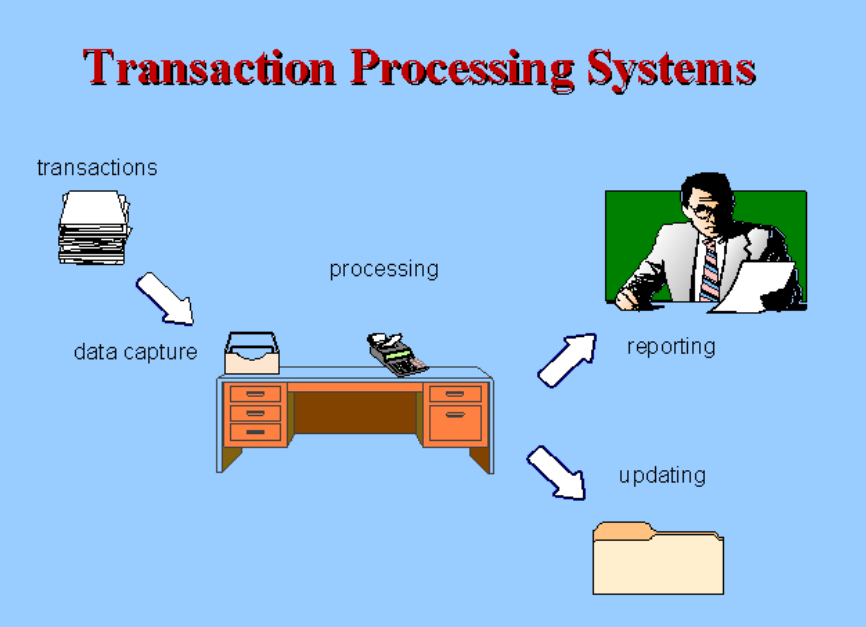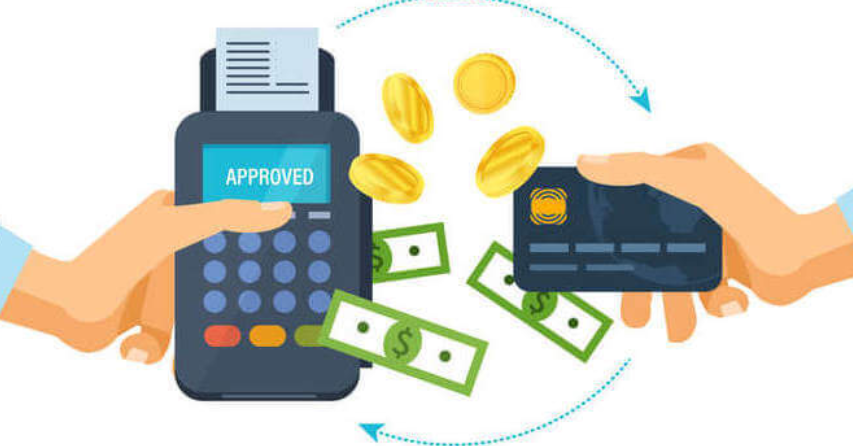If you own a business, then you know the need for quality transaction processing software. There are many types of computer software for transaction processing out there. How do you determine what you need for your business, and how to you know which processing software transaction products are the best quality?
Purpose of Transaction Processing Software
Transaction processing software allows a business, whether online or offline, to keep track of all business transactions in an effective, reliable manner. With transaction processing software, the business can easily see what format their customers are using for completing their transactions, as well as how to best deliver information and products to their customers.
Software Used in Transaction Processing
The software for transaction processing is available from several companies. However, the type of processing software for transactions is usually quite similar from company to company. Most types of transaction processing is done for online businesses, as they do not have a paper trail to easily track when it comes to their customer transactions.

Batch Processing
With batch processin g software, information about your customers is gathered and stored with each transaction. However, the information is not processed immediately, so you do not have real-time access to the transaction. You will receive a batch at specified times during the month. This saves computer time, because the computer can upload the information to your company when there is less traffic on the system.
Real-Time Processing
Processing transactions using real-time software means that the transaction is processed the second the customer makes a purchase. This is the most common type of transaction done online. The money is immediately credited to the seller, and taken from the buyer.
Mainframe
An important component of transaction processing software is the mainframe. Mainframes are large computers used to process bulk data. Mainframes are particularly hardy computers that make them ideal for processing transactions. They can run literally for years without trouble. Repairs can be done while the mainf rame is running. This is crucial to running successful transaction processing systems.
Rollback
With transaction processing, it is important that all of the transaction completes, or all of it fails. Take, for example, a credit card purchase. When a customer makes a purchase with their credit card, in computer terms, there are really two transactions taking place. First, the credit card is charged the price of the item, and second, the merchant is credited the price. If one of these went through while the other failed, you would have a mess. Rollback software is software designed to make sure that the entire transaction is treated as one operation inside the database that manages the transaction. If there is a problem with the transaction along any step of the process, the transaction automatically rolls back to the state before the transaction occurred.
Roll Forward
Roll forward is a type of technology designed to protect the transaction processing database should the entire database cras h. With roll forward software, back ups are made frequently, as well as a separate entry of all modifications that occur between backups. This ensures that even if the database crashes sometime after a back up, the database can still be recovered, and no transactions are lost.
Deadlocks
Sometimes in our fast paced world you will have two transactions that attempt to enter into the same part of the database at the same time. This is called a deadlock. Transaction processing software is designed to detect deadlocks and redirect the conflicting transactions, usually through a rollback, so they can be completed successfully.
